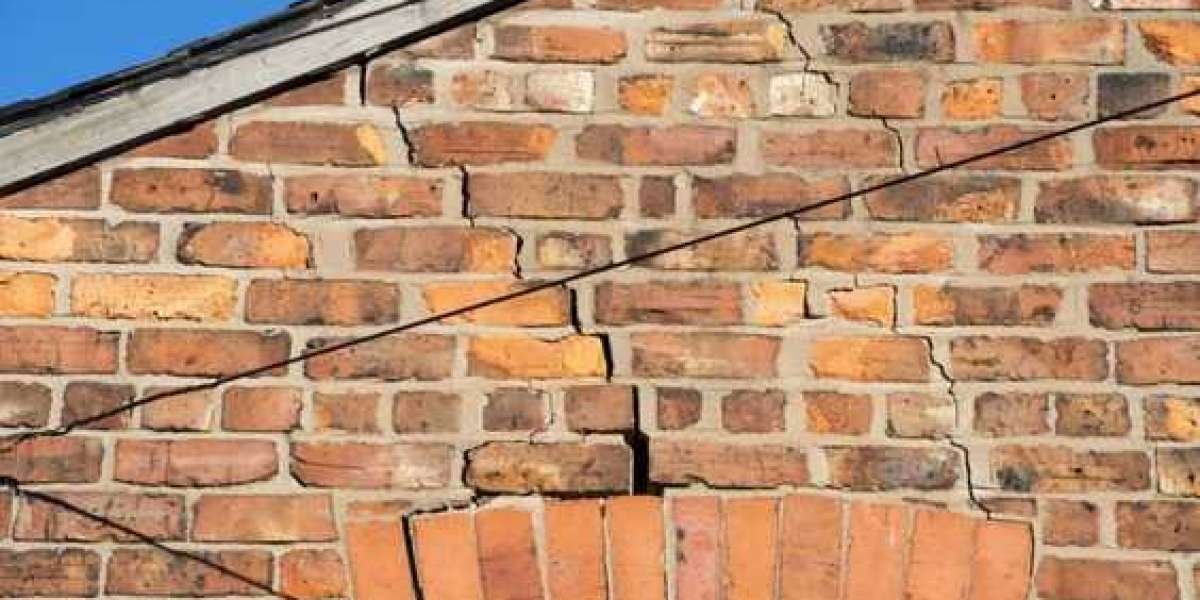What Is a Dilapidations Survey?
A dilapidations survey assesses the condition of a leased property, comparing its state to the agreed terms of the lease. It identifies any breaches, such as property disrepair or alterations that need rectifying. The survey results in a formal document called a dilapidation report, which outlines required repairs and associated costs.
Purpose of a Dilapidation Survey
- Ensure tenants meet their end-of-lease obligations.
- Provide landlords with a basis for property claims.
- Resolve disputes regarding lease restoration costs.
Why Are Dilapidations Surveys Essential for Landlords?
1. Protecting Financial Interests
A dilapidated survey prevents landlords from bearing the costs of repairs caused by tenant negligence. According to industry statistics, landlords recover up to 75% of repair costs when supported by a detailed dilapidation report.
2. Ensuring Lease Compliance
Leases often contain specific clauses regarding property conditions. A leasehold condition survey ensures tenants fulfil these terms before vacating.
3. Avoiding Future Disputes
Surveying and documenting property conditions reduce the likelihood of legal battles over repair responsibilities.
Common Issues Identified in a Dilapidations Survey
Category | Examples |
Structural Damage | Cracks in walls, damaged floors, or ceilings. |
Alterations | Unapproved changes to layout or design. |
Lack of Maintenance | Failing to repair fixtures, fittings, or utilities. |
Decorative Issues | Peeling paint, stained walls, or broken tiles. |
These findings form the basis of landlord property claims, ensuring tenants address their end-of-lease obligations.
The Dilapidation Report
A dilapidation report is a formal document produced after the survey, detailing all required repairs.
Contents of a Dilapidation Report:
- Schedule of Repairs: A breakdown of damages and necessary restorations.
- Estimated Costs: Financial implications for each repair.
- Compliance Check: Comparison with lease terms to highlight breaches.
This report serves as the foundation for negotiating commercial lease repair responsibilities between landlords and tenants.
How Does a Dilapidations Survey Work?
Step | Description |
Instruction | The landlord commissions a surveyor to assess the property. |
Inspection | A detailed inspection of the building’s interior and exterior is conducted. |
Report Preparation | A dilapidation report is drafted, highlighting breaches and costs. |
Negotiation | Parties discuss the report to agree on repair responsibilities or compensation. |
Tenant Repair Responsibilities vs. Landlord Rights
Tenant Repair Responsibilities
Under lease terms, tenants are generally required to:
- Maintain the property to a specific standard.
- Address any damage caused during the tenancy.
- Restore the property to its original state before vacating.
Landlord Rights
Landlords have the right to:
- Claim compensation for unmet obligations.
- Enforce repairs or deduct costs from the security deposit.
- Seek legal recourse if disputes arise.
These rights are upheld through evidence provided in a dilapidations survey.
Challenges in Dilapidation Claims
1. Disputed Repair Costs
Tenants may contest the estimated costs in the dilapidation report. Independent valuation ensures fairness.
2. Ambiguity in Lease Terms
Unclear clauses regarding property conditions can lead to disagreements. A building condition assessment at lease commencement avoids such issues.
3. Unapproved Alterations
Unauthorised changes to the property layout often require mediation to resolve.
Statistical data indicates that clear documentation and professional mediation resolve over 80% of party wall disputes and other property claims without court involvement.
Benefits of a Dilapidation Survey for Landlords
1. Financial Protection
A survey ensures tenants cover their lease restoration costs, protecting landlords from unexpected expenses.
2. Enhanced Negotiation Power
The dilapidation report provides evidence for fair compensation.
3. Streamlined Dispute Resolution
Surveyors often mediate disagreements, reducing the need for litigation.
4. Preservation of Property Value
Ensuring the property is restored to its original condition maintains its market value and appeal.
Case Study: Successful Dilapidation Claim
A commercial landlord in London faced property disrepair after a tenant vacated. By commissioning a dilapidation survey, the landlord achieved:
- A detailed dilapidation report, outlining £25,000 in repairs.
- Resolution through negotiation, with the tenant agreeing to cover 90% of the costs.
- Property restoration within six weeks, enabling a new lease agreement.
This case highlights the importance of professional surveys in protecting landlord interests.
FAQs
What is a dilapidation survey?
A dilapidation survey assesses the condition of a property at the end of a lease, ensuring tenants meet their repair obligations.
How much does a dilapidation survey cost?
Costs vary based on property size and complexity but typically range from £500 to £2,000.
Do tenants always have to pay for repairs?
Tenants are only responsible for repairs outlined in the lease agreement.
When should a landlord commission a dilapidation survey?
Ideally, within the last six months of a lease, allowing time for negotiations.
Can a dilapidation report prevent legal disputes?
Yes, a detailed report clarifies responsibilities, reducing the likelihood of court proceedings.
What happens if a tenant disputes the report?
Professional surveyors mediate to reach a fair resolution, often avoiding legal action.
Conclusion
A dilapidations survey is an invaluable tool for landlords, ensuring their rights are protected and tenants fulfil their obligations. From assessing property disrepair to negotiating lease restoration costs, these surveys streamline the end-of-lease process.
For landlords seeking clarity and protection, a dilapidation survey is essential. Trust professional surveyors to safeguard your property and investment.














